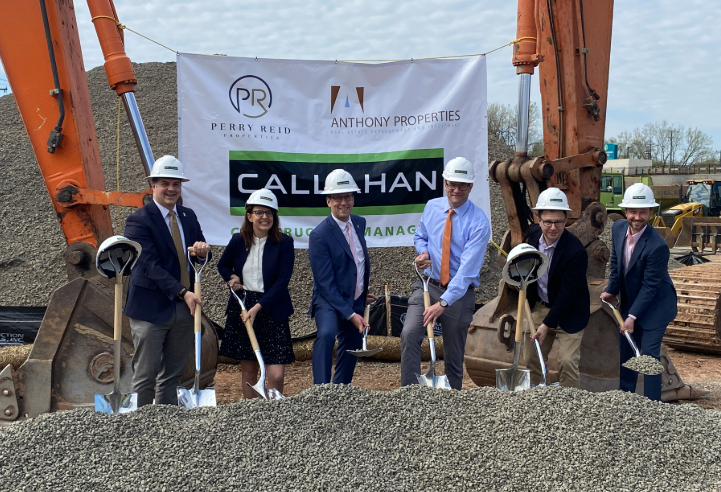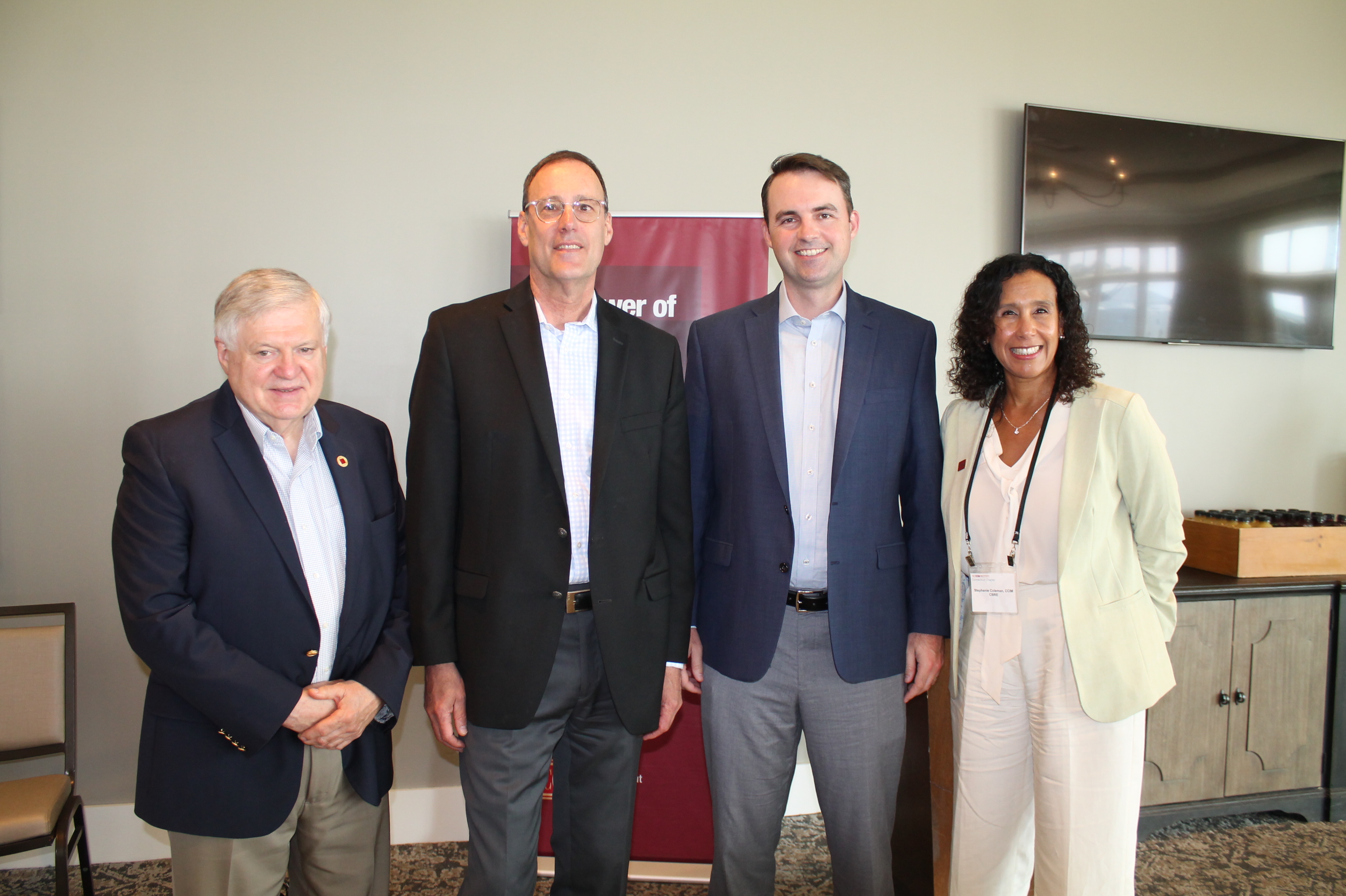Construction Institute: Joining together for higher education
While we continue to collectively experience COVID-19 and its impacts, each industry must navigate its own unique set of challenges. Higher education is no exception. With student health held paramount, colleges and universities across New England are adeptly pivoting from the tumultuous and reactionary nature of the Spring semester to a formulated strategy for the eventual re-opening of their institutions. Candidly acknowledging that there is no proven method, leaders in higher education are rightfully proceeding with caution and open dialogue.
In support of this knowledge sharing effort, AECOM recently hosted a Virtual Roundtable to discuss the future of university campuses. With representation from institutions across the United States, there is solidarity and strength to be shared by all. The discussion revolved around the integral components of a campus experience. Here is AECOM’s summary of several key takeaways:
Immediate Action
• 2’ + 6’= 8’ hexagons for capacity planning;
• Leveraging outdoor learning;
• Leveraging horizontal campuses over vertical campuses;
• Extending class scheduling Monday through Saturday, 8am to 9pm;
• Masks for all students and enforcement policy; and
• Lab health security protocols.
Residential Life
• Switching dorm occupancy from doubles to singles;
• Group student cohorts to limit exposure; and
• Implementing contact tracing and quarantine facilities.
Partnerships
• Engage with the local health department for collaboration and communication; and
• Local transit coordination.
MEP
• Maximize filtration and potential to add UV.
Planning for the Future
• Wrap up the Fall session by Thanksgiving
• Planning for Spring 2021 has started”*
Jacob Kovel, Ph.D., P.E., professor and CM programs coordinator in the department of manufacturing & construction management at Central Connecticut State University shared his thoughts from the construction industry: “In construction, most efforts are team based. True team interaction cannot be replicated in a purely digital environment. The limited ability to have meetings is a problem. In the current state of the technology, it has been very difficult to do problem-based work that would normally require direct faculty-student and student-student interactions.” He goes on to say that “Many students and faculty are dedicated to the education process. It takes that dedication to stick with the dramatically changed environment.” It is this resilient mindset, coupled with the prioritization of student health, safety and welfare that continues to guide higher education leaders in their efforts.
By acknowledging the challenges, realities, and uncertainties, staying informed and in compliance with CDC guidelines, and continually re-evaluating decisions to best serve students and communities, there is a chartable course forward for colleges and universities. We are truly all in this together as a region, a nation, and a global family. While it might not always be smooth sailing, there is a sense of community and collective resolve.
*Source: AECOM: Planning for Fall 2020 Virtual Roundtable, May 27, 2020
Highcap Group brokers $41.1 million sale of two building multifamily portfolio
Norwalk, CT Highcap Group has completed the sale of two luxury multifamily properties with a total of 120 units for a combined purchase price of $41.4 million.








